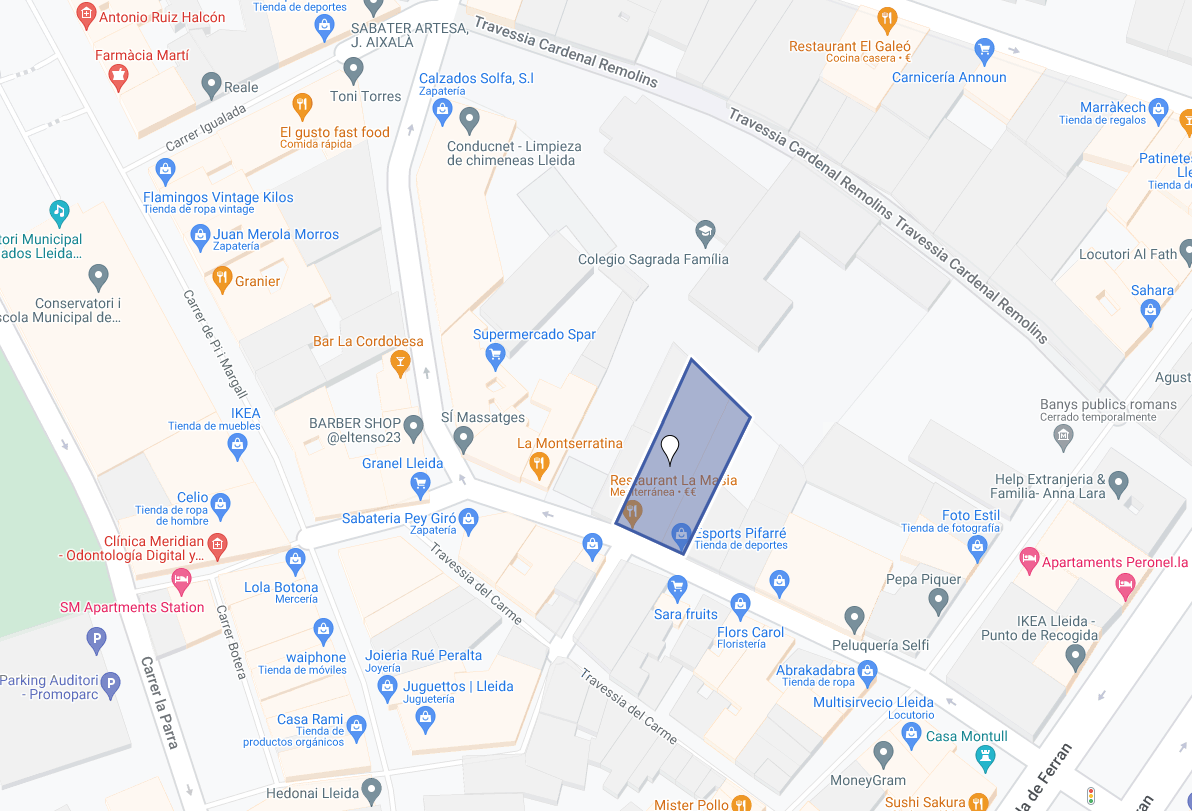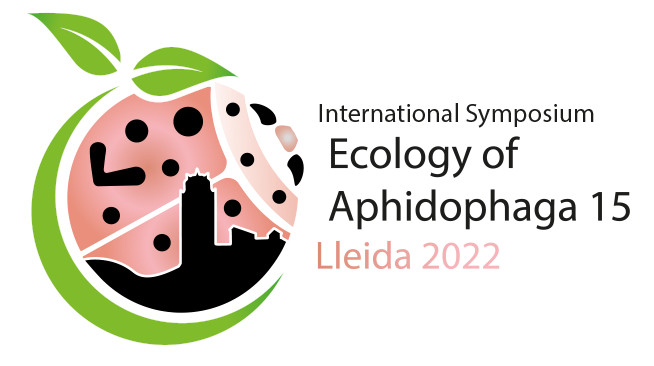Program
Schedule
Monday 19
9:00 – 11:00: Registration
11:00 – 11:30: Welcome session
11:30 – 12:15: Plenary conference 1 – Odlřich Nedvěd
12:20 – 13:00: Session 1: Coccinellids
13:00 – 14:30: Lunch
14:30 – 15:15: Plenary conference 2 – Ramon Albajes
15:20 – 16:20: Session 2: Coccinellids
16:20 – 16:45: Coffee break
16:50 – 17:45: Session 3: Hoverflies
18:30 – 19:30: Welcome cocktail: University of Lleida Rectorate building
Tuesday 20
9:00 – 9:45: Plenary conference 3 – Kris Giles
9:50 – 10:50: Session 4: Landscapes
10:50 – 11:20: Coffee break
11:20 – 13:00: Session 5: Biological control
13:00 – 14:30: Lunch
14:30 – 15:15: Plenary conference 4 – J.P. Michaud
15:20 – 16:20: Session 6: Plant interactions
16:25 – 18:00: Poster session and coffee
Wednesday 21
Excursion – Visit to The Artists’ Vineyard and Poblet Monastery
9:30 – 18:00: Excursion: Meeting point: Venue of the Symposium
Thursday 22
9:00 – 9:45: Plenary conference 5 – Christoph Vorburger
9:50 – 10:50: Session 7: Parasitoids
10:50 – 11:20: Coffee break
11:20 – 12:40: Session 8: Parasitoids and hyperparasitoids
13:00 – 14:30: Lunch
18:00 – 20:00: Visit to La Seu Vella (old cathedral): Meeting point: Venue of the Symposium
20:30: Conference Banquet
Friday 23
10:30 – 11:15: Plenary conference 6 – Mary Gardiner
11:20 – 12:20: Session 9: Urban green areas and other subjects
12:25 – 13:00: Farewell session
13:00 – 14:30: Lunch
The official language of the Symposium is English.
SCIENTIFIC PROGRAM
INVITED KEYNOTE LECTURES
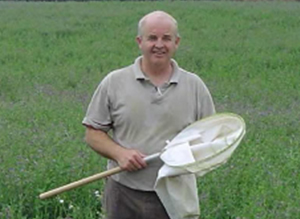
Dr. Ramon Albajes (Spain)
Agrotecnio-Cerca Center, Crop Protection
I obtained a master degree in Agronomy in 1974 and then a PhD in 1978 at the Polytechnics University in Madrid. Next, I moved to Cabrils Experimental Station (Catalonia) to work on biological control of tomato pests and started to collaborate with the IOBC-Working Groups on Protected Crops, Temperate and Mediterranean Climates. In 1978 I moved to the University of Lleida (Catalonia) and became Full Professor of Entomology in 1988, but I continued to cooperate with my colleagues in IRTA Cabrils with biological control of protected crops. In parallel I have been working on Biological Control, IPM and Landscape Influence on Arable Crop Insects. In this framework I did, among others, research on Non-Target Effects of Bt Maize on entomofauna. From 1990 to 2003 I convened the Working Group on IPM in Protected Crops, Mediterranean Climate. Then I contributed to IOBC management in the Council, Treasurary and Auditing Committee. Currently, I am retired from my position in the University of Lleida but I continue working in Agrotecnio Center, one of the research centers of excellence in Catalonia.
Aphids in conservation biological control: two contrasted cases in greenhouse vegetables and maize in a Mediterranean area
Abstract
The role of aphids in biological control by conservation contrasts in two types of crops in northeastern Iberian Peninsula; while in greenhouse vegetables -where biological control works effectively- it is a pending issue due to the rapid growth of aphid populations and the difficulty of foreseeing their entrance inside the greenhouse, in maize they contribute, together with other homopterans, to the early installation of generalist and specific predators on the crop plants.
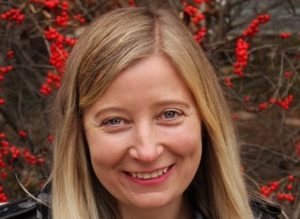
Dr. Mary Gardiner (USA)
Ohio State University, College of Food, Agricultural an Environmental Sciences, Department of Entomology
Dr. Mary M. Gardiner is a Professor of Entomology and Co-Director of the Environmental Sciences Graduate Program at The Ohio State University (OSU) in Columbus, Ohio, USA. Her research program focuses on the value of urban greenspace as habitat for beneficial insects, including Coccinellidae. Across the Midwestern United States several lady beetle species have experienced marked decline whereas exotics have become dominate. The Gardiner Lab has examined how the management of urban greenspaces as well as their landscape context influence the local abundance and species composition of lady beetles as well as the outcomes of their competitive interactions. Mary is also a State Specialist with OSU Extension who has authored a book and many field guides for home gardeners who assist directly with her research as community scientists.
Native Lady Beetles Prefer the Woods to City Life
Abstract
We employed a community science approach to study the seasonal occupancy of coccinellids within residential gardens across a wide range of landscape contexts. We found that native coccinellid abundance was positively correlated with forested habitat while alien species were more common when gardens were embedded within agricultural landscapes. Urbanization was negatively associated with both alien and native coccinellids. Our findings highlight the value of gardening to provide coccinellid habitat and illustrate the importance of preserving forested land for remaining native coccinellid populations.

Dr. Kristopher L. Giles (USA)
Oklahoma State University, department of Entomology and Plant Pathology
Kristopher L. Giles is Regent professor of Entomology at Oklahoma State University, department of Entomology and Plant Pathology. He’s developing research on insect-natural enemy interactions and biological control in several field crop ecosystems of USA plains. He has published more than 100 scientific and technical articles on aphid and natural enemy ecology, tritrophic interactions, sampling, population dynamics, economic injury levels and integrated pest management.
Landscape structure affects aphid parasitism of aphids in winter crops
Abstract
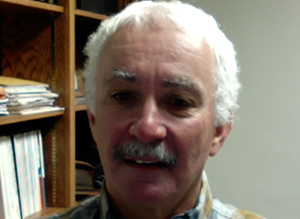
Dr. J.P. Michaud (USA)
Kansas State University, Department of Entomology
Dr. J.P. Michaud is a Professor of Entomology at Kansas State University where he studies insect-plant interactions and biologically-based strategies for managing pests of field crops on the High Plains of the USA. His areas of research focus have included biological control, parasitoid behavior, host plant resistance, cultural control, sunflower entomology, and the ecology of coccinellid beetles. His CV is curated on Researchgate:
Subeconomic cereal aphids support biological control services in High Plains agriculture
Abstract
Aphids have become an important component of our insect community in grain crops, and are essential for maintaining populations of beneficial insects in the agricultural landscape. Without them, we risk losing BC of many other pests, and that is where we are heading with neonicotinoiod seed treatments – no aphids at all, and no food for anyone for the first 6-8 weeks of the crop cycle.

Dr. Oldřich Nedvěd (Czech Republic)
University of South Bohemia in České Budějovice, Faculty of Sciences, Department of Zoology.
Professor of Zoology Faculty of Science, University of South Bohemia, České Budějovice. Vice Dean from 200-2003 and head of Department of Zoology from 200-2009. From 2004: head of the committee for PhD studies in Entomology. Studied Systematic Biology and Entomology, Faculty of Natural Sciences, Charles University, Prague, under the supervision of Karel Hurka and Ivo Hodek. PhD in Entomology, Institute of Entomology, Czech Academy of Sciences, České Budějovice; doctoral thesis: Cold hardiness of ladybirds (Coleoptera: Coccnellidae); supervisor Ivo Hodek. Member of IOBC-WPRS Working Group “Benefits and Risks of Exotic Biological Control Agents” and Working Group “Aphidophaga”. 90 scientific articles in WoS, 4 chapters in books, 2 books.
Life and work of Ivo Hodek, the founder of Ecology of Aphidophaga working group
Abstract
Ivo Hodek was the world leading specialist on biology of Coccinellidae, and the founder of Ecology of Aphidophaga. We will summarize his original research about Coccinellidae, diapause and cold hardiness of insects, look at his books, mention his students, and the editorial work for the European Journal of Entomology.
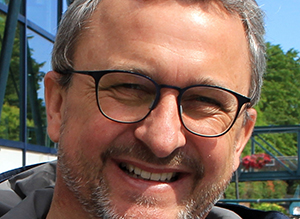
Dr. Christoph Vorburger (Switzerland)
ETH Zurich, Department of Environmental System Science
Christoph Vorburger studied biology at the University of Zürich in Switzerland, focusing on aquatic animals for his Masters and PhD (freshwater crayfish and hemiclonal water frogs). His interest in clonal reproduction and in host-parasite coevolution brought him to aphids and their parasitoids. He became fascinated by the fact that their interaction is mediated by protective bacterial symbionts. After his initiation to the world of aphids during a postdoc in Australia, he developed a research program on the evolutionary ecology of symbiont-conferred resistance, first at University of Zürich and then at ETH Zürich. He returned to his wet roots by becoming Head of the Department of Aquatic Ecology at Eawag, the Swiss Federal Institute of Aquatic Science and Technology, but he retains his link to ETH as an Adjunct Professor as well as his interest and research in symbiont-mediated coevolution of aphids and their parasitoids.
Symbiont-conferred resistance, parasitoid counteradaptation, and aphid biocontrol
Abstract
Some pest aphids harbor heritable bacterial endosymbionts that protect them against parasitoid wasps. Such symbionts are mediators of host-parasitoid coevolution and a potential nuisance for biological control. Recent work on parasitoids of black bean aphids shows that targeted selection for parasitoid counteradaptations is a viable strategy to improve biological control of symbiont-protected aphids.
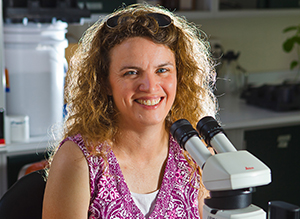
Dr. Jennifer A. White (USA)
University of Kentucky, College of Agriculture, Food and Environment, Department of Entomology
Dr. Jen White received her Ph.D. in Ecology, Evolution and Behavior from the University of Minnesota. After a postdoc at the University of Arizona, she has since been a faculty member at the University of Kentucky where she is currently a Professor of Entomology and Director of Undergraduate Studies for the Entomology program. Her research interests focus on arthropod interspecific interactions, particularly as mediated by microbial symbionts. Much of her research has focused on how facultative symbionts in aphids mediate host plant specialization, susceptibility to natural enemies, and aphid evolutionary trajectory, particularly within the context of biological control and introduced species. She is also interested in interactions among symbionts that share a host, and is currently using a spider model system to understand the consequences of co-infections by multiple types of symbionts.
Aphidophagous communities respond to intraspecific variation in aphid defense
Abstract
Generalist predators with broadly overlapping niches commonly coexist on seemingly identical sets of prey. In this talk I’ll demonstrate that aphid predators can differentially exploit fine-grained niches generated by variable, heritable and selective defenses within a single aphid species. Such niche differentiation among generalist predators may, in turn, promote diversity and stability of enemy communities invaded by a dominant predator.
ORAL PRESENTATIONS AND POSTERS
Accepted oral presentations and posters will be listed here.
The Symposium program will include submitted oral presentations (20 min including the question period) and concurrent poster sessions. All submissions have to be accompanied by an abstract and are subjected to approval by the convenors. An abstract book of all contributions will be distributed to all registered participants. Only the abstracts of registered participants will be printed in the book. The official language of the Symposium is English.
Proposals for organizing symposia on special topics will be considered upon request.
WELCOME COCKTAIL, EXCURSION & BANQUET
Map of all meeting point for social activities
Welcome cocktail (Monday 19)
Located in the University of Lleida Rectorate building, a former diocesan seminary built in the 19th century, the cloister of the University of Lleida will host the welcome cocktail.
Location: Campus del Rectorat-Facultat de Lletres. Pl. de Víctor Siurana, 1, 25003 Lleida
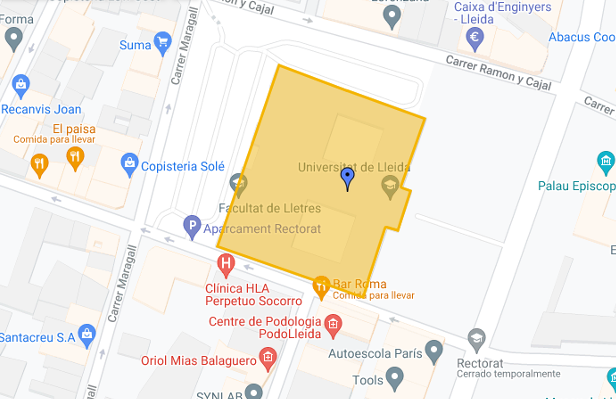
Excursion (Wednesday 21)
At about 45 minutes from Lleida, the excursion will begin by a visit to The Artists’ Vineyard, home of the Mas Blanch i Jové winery. A guided tour of the open-air museum where sculptures and artistic installations are displayed in the middle of vineyards and olive groves, followed by a guided tour of the winery, will be proposed to participants. Wine and olive oil tasting will conclude the visit, and a brunch with local products will be offered in the winery.
The excursion will follow with a guided tour of the Poblet Monastery located in the same region (about 25 minutes from The Artists’ Vineyard and 45 minutes from Lleida), the Monastery has been declared World Heritage Site by the United Nations Educational, Scientific and Cultural Organization in 1991.
“This Cistercian abbey in Catalonia is one of the largest in Spain. At its centre is a 12th-century church. The austere, majestic monastery, which has a fortified royal residence and contains the pantheon of the kings of Catalonia and Aragon, is an impressive sight.” (Official description: http://whc.unesco.org/en/list/518/)
Meeting place: at the front door of the Centre de Cultures i Cooperació Transfronterera (venue of the conference)
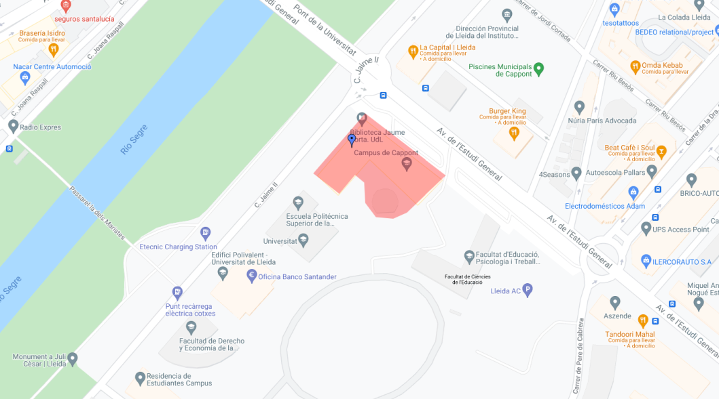
Conference banquet (Thursday 22)
The Conference banquet will be celebrate at the restaurant La Masia. Located in an old olive oil mill, it is a perfect place to enjoy traditional cuisine with touches of modernity.
Meeting point for the guided tour and the conference banquet
Location: Restaurante La Masia – Carrer Democràcia, 16, 25007 Lleida
